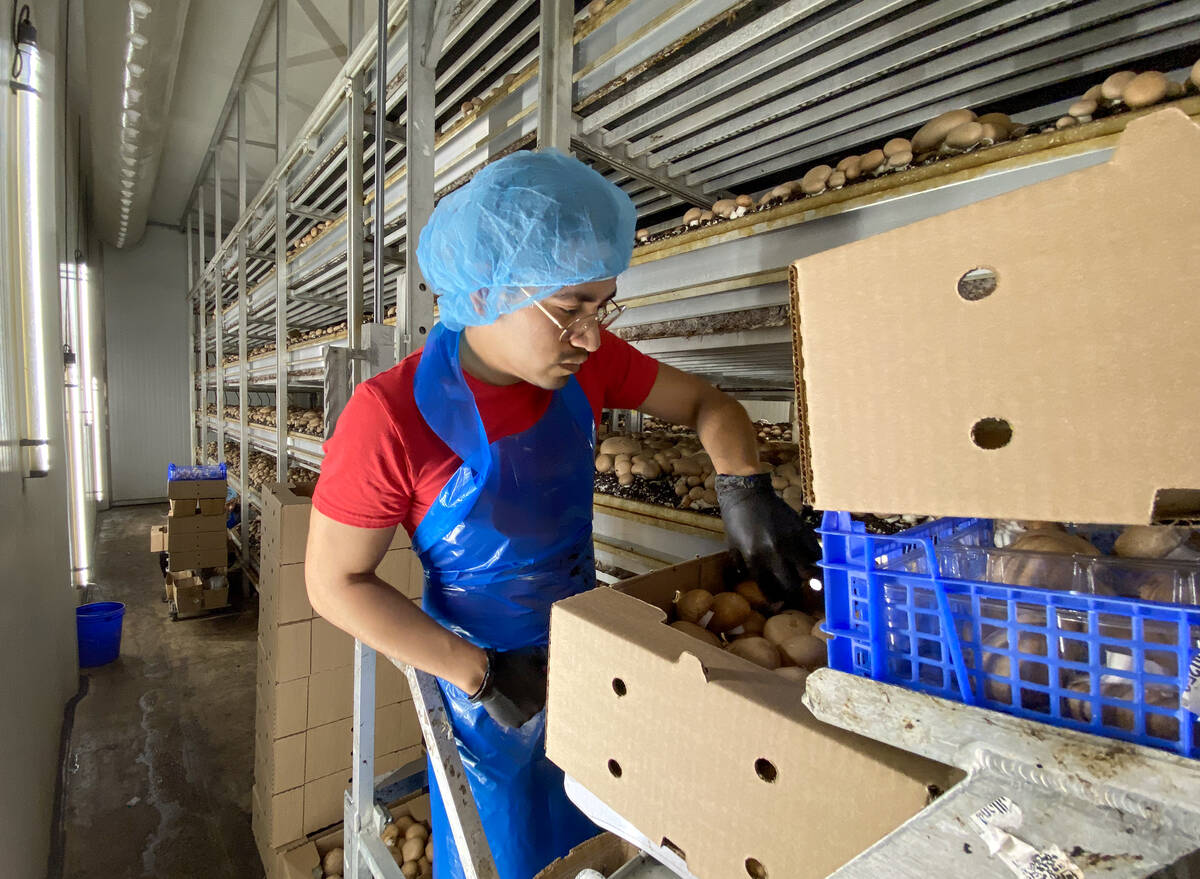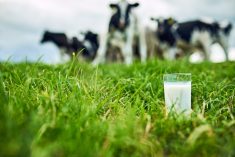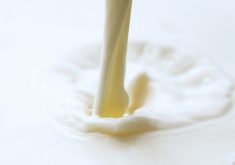Dairy quota is being cut by 1.5 per cent in an effort to slow down growing milk production.
The committee that manages quota in Canada’s five eastern provinces has cut quota effective May 1, 2018 by 1.5 per cent and reduced fall 2018 incentive days for conventional producers to zero in August and two days in each of September, October and November.
Why it matters: Dairy farmers have significantly ramped up milk production in Canada in response to growing quota allocations and encouragement from industry leadership. That enthusiasm is now being curbed somewhat as production has increased quicker than expected demand.
Read Also

Ontario’s other economic engine: agriculture and food
Ontario Federation of Agriculture president, Drew Spoelstra, says Ontario’s agriculture and agri-food sector should be recognized for its stability and economic driving force.
Milk production is above current and projected market growth, said a statement from Dairy Farmers of Ontario, and the provinces, called P5, Ontario, Quebec, Nova Scotia, New Brunswick and Prince Edward Island, are skimming significant volumes of milk. That means there’s an excess of skim milk in the system. Other jurisdictions in Canada, including Alberta, have also had a quota cut.
Dairy farmers in the P5 have seen about 20 per cent growth in milk quota over the past three years, driven by increase in demand for higher-fat dairy products and a new class of milk that enables Canadian milk to compete with imports. More growth was expected to be needed to fill new plants coming online, but they are not yet completed.
The other significant issue is that many farmers have not filled the newly available quota, while others have. Even with the unfilled underproduction credits there’s still too much milk in the system. The concern is what could happen if farmers decided to fill those underproduction credits.
“Going forward the large number of underproduction credits held by P5 producers could increase the production and market imbalance,” said a statement by Dairy Farmers of Ontario.
Some of the chronic shortage of some products that prompted quota increases are now being filled, and in fact over-filled.
Butter has been in shortage at times in Canada for several years, and one of the reasons for quota increases was to return butter stocks to 35,000 tonnes which was expected to happen this summer. However, butter stocks are already above 37,000 tonnes and may exceed 40,000 tonnes by July.













